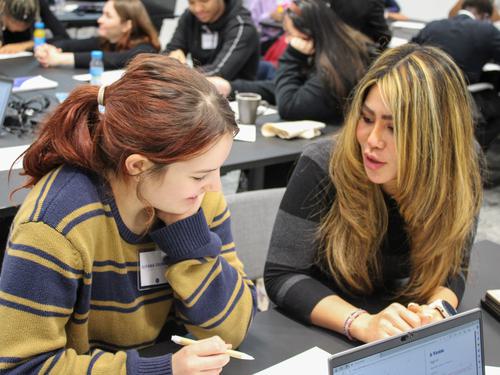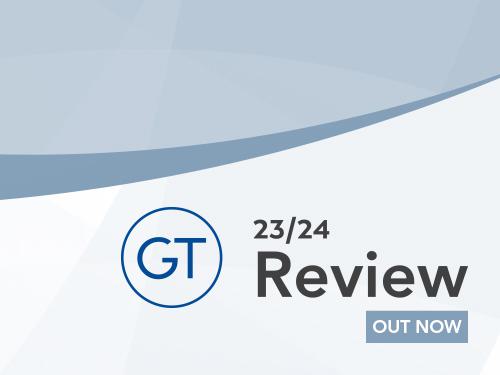An interview …
With former UK Military member, current associate director, Josh Clacy
Find out what a post-military career in the built environment could look like for you
Can you share an overview of your military career?
In 2009 I packed my bags, an ironing board and set off for the Royal Military Academy Sandhurst to embark on the 44-week commissioning course, a pre-requisite to becoming an officer in the British Army. After an arduous year of marching, making beds, shouting and shooting, I received a commission and joined the Light Dragoons as a second lieutenant.
From 2010 to 2012 I was a troop leader where I led a team of 20 soldiers through a complex training cycle for 18 months in light tanks, armoured vehicles and dismounted tactical training. After numerous military exercises in the UK and Canada, I deployed to Afghanistan in 2012 in what was a busy summer.
On return to the UK, now as a Captain, I was a Squadron Second in Command within the Light Dragoons from 2012-2014 where I was responsible for the training, welfare and care of 80 soldiers as well as a fleet of military vehicles and equipment. The role required project and programme management, notably, the adoption and training of 80 soldiers on a new military vehicle platform, along with the management of change programmes, budgets and resources for UK and international training exercises.
From 2014-2015 I was a military instructor as part of the UK’s contribution to a NATO commitment. I was the lead instructor for a newly created training course for a group of officers and senior soldiers. This involved creating a training syllabus of classroom and field-based military activities and delivering training with soldiers from outside of the UK. After an incredibly enjoyable and rewarding 6.5 years, I decided to leave to persue a career outside of the military.
“The diverse range of projects and culture is something that you will find hard to match outside of G&T and makes it a great place to work.”
Did you find any challenges in translating your military skills and experiences into language that civilian employers could understand and appreciate?
It was challenging to ensure the correct messaging and language was used to clearly demonstrate and translate my experience to the civilian sector. Whilst the experience listed above is extensive, trying to explain a military career and so much life experience on a CV is challenging. Getting this balance right was important to get a ‘foot in the door’ and the opportunity to meet potential employers. I looked to address the language or requirements from corporate roles to my own experience through tailored CVs and detailed cover letters. Advice from those who had previously been through this experience was invaluable.
“A normal day is very much determined by what project you are working on, what stage of the project you are at and as such, there is not necessarily a normal day.”
Can you share any advice for other military personnel going through the transition process?
The power of your network can never be underestimated. It is never too early or too late to start building a strong network, and this will pay dividends when looking to transition from the military. Once you have made the decision to leave, make a plan, consider your timelines, look at specific roles or sectors that interest you, relevant courses or qualifications and who may be able to provide help or advice. Be broad in your search and exploration of careers. There are so many interesting roles and sectors that you may not even know about. As you learn more about different sectors, you will naturally narrow your search.
I'd advise anyone transitioning from the military to meet as many people as possible. Use all the connections you have, friends, family, university and military alumni. Ask to go for that coffee or drink to learn more about a sector or role. Use LinkedIn, emails, or write a letter. Most people will typically want to help you, you just have to ask! It’s amazing how many roles and opportunities materialise through coffees, referrals and meetings with new connections. This can be a daunting task but keep persevering. Companies find it hard to hire good people and want to meet you if you have something to offer.
When did you join G&T and what was the role? What is your role now?
I joined G&T in 2022 as a project manager after previously working at a similar construction and property consultancy. I immediately started working on two projects - the refurbishment, infill and extension of an existing commercial office in central London and enabling works in West London in preparation for a Build to Rent residential scheme for 350 flats including the demolition and build of a new bus depot and remediation of contaminated industrial land. After two years at G&T, I have been promoted to the role of Associate Director and I am now working on a large extension to a prominent conference and event centre in London as well as a new build 13-storey commercial building in North West London.
"It is never too early or too late to start building a strong network, and this will pay dividends when looking to transition from the military."
Can you provide an overview of what a normal day for you at G&T looks like?
A normal day is very much determined by what project you are working on and the stage of the project and as such, there is not necessarily a normal day! However, a brief example below shows a snapshot.
I will typically start the day at my desk at 8am. I will check my emails and look to complete any time critical actions or any emails that require immediate attention. I may attend a design meeting where architects, engineers and various consultants are providing updates on their work. We will discuss key coordination, as well as any critical items that require further attention or decision making. I will record minutes and key actions that need to be shared post meeting.
Later in the morning I may have a site meeting with the contractor, design consultant and/or client to review progress onsite and review any issues that may be impacting cost, programme or quality of the project.
After grabbing some lunch, I will head back to the office and look to catch up on emails from the morning. At least once a week, I will aim to attend a continued professional development session organised by G&T. This allows me to learn or revise technical skills on a specific subject whilst adding continual professional development hours required when working towards RICS chartership.
I may then use the afternoon to follow up on actions from meetings held earlier in the day, make phone calls and send emails and minutes. I will then likely join some project Teams calls or catch up with colleagues on a project issue, for example, preparing documents in working towards entering a contract between the client and a main contractor.
Post work, I might attend an industry or G&T event or join one of G&T’s numerous sports teams or societies.
Favourite part about working at G&T?
Working and developing my career at G&T in what is a fast-developing industry has been enjoyable and incredibly rewarding. The diverse range of projects and culture is something that you will find hard to match outside of G&T and makes it a great place to work.
Contact Us

To find out more contact
Bianca Koolmees
recruitment@gardiner.com










